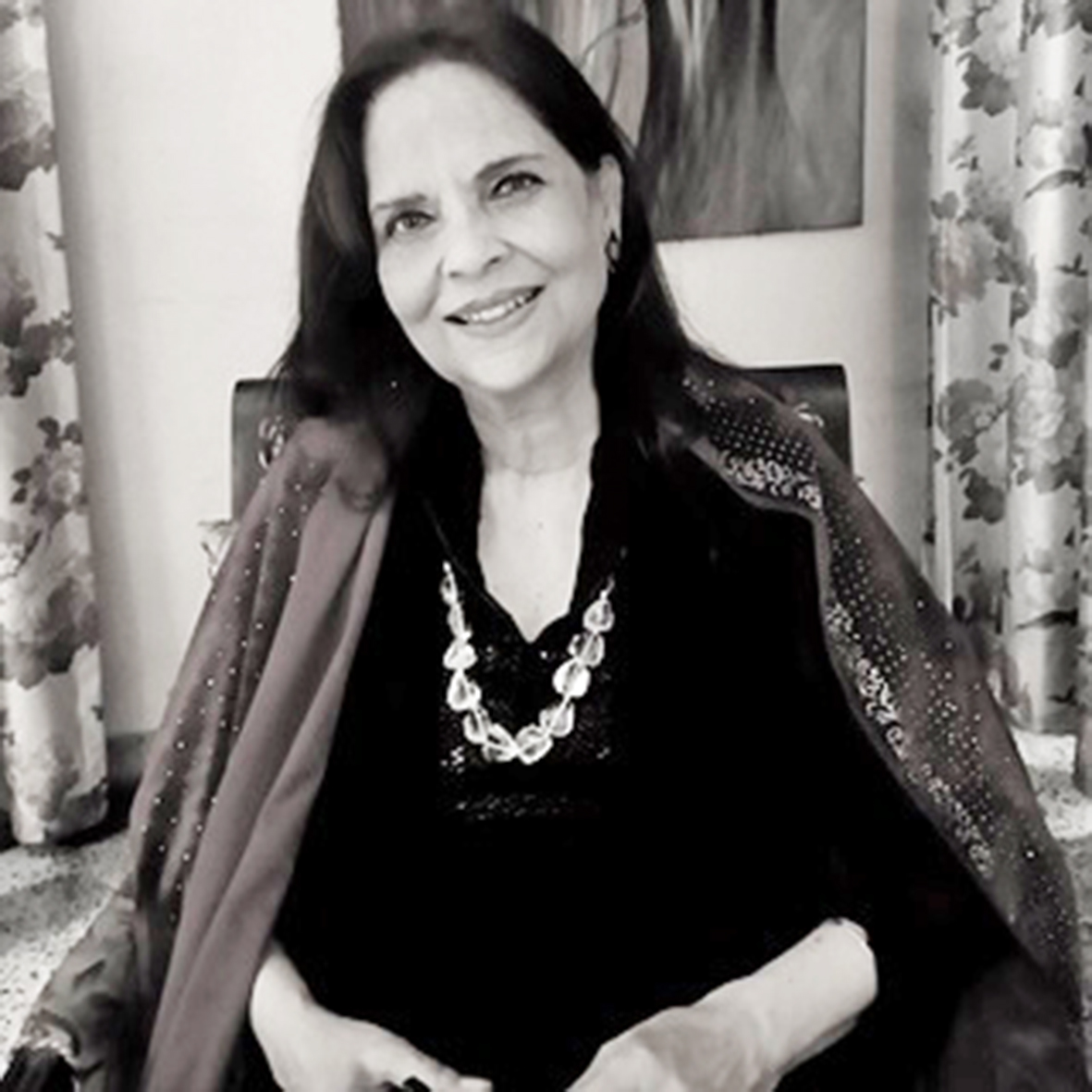I met Ipsita Roy Chakraverti a little over three decades ago in Calcutta, it was not Kolkata then. She did not fit into my impression of a witch. She did not wear a gown, or a cone shaped hat and did not carry a broom. She was a beautiful woman who had stunned everyone after declaring herself a witch in 1986.
The radicals in Calcutta hated her and tried to argue with her several times but it did not cut much ice. She told me that she once lived in Canada and joined a select group of women and studied ancient cultures of the world and the old ways. The group studied ancient texts, long-forgotten customs and the mystical way of life. For five long years, Chakraverti stayed in a chalet on the mountains and studied ancient cultures and their long-forgotten rituals. She chose Wicca as her religion and on return to India, started administering Wiccan ways of healing to the people.
The Western Press loved her and I distinctly remembered how my copy for the Agence France Presse (AFP) got some great play in some of the top dailies across the world. Who would not love to see a beautiful witch, right? She sat behind a round-shaped lamp in a room that was barely lit. I remember asking her if she was practising voodoo, predictions and visited by politicians. She laughed, and explained her profession in detail.
Chakraverti has written a number of books, the latest one to hit the stands from HarperCollins – Way of the Witch: Everything you wanted to know about witchcraft – is an interesting read. I loved the way she started it: “You may find it hard to believe, or you might be hesitant to believe it, but the truth is – real, honest-to-goodness witches have been around for a long time.” That’s a wonderful line to set the tone for the book. Chakraverti, all these years, has taken her profession seriously, else why would she offer some great proof by writing the following lines? “History says the first divinity we worshipped, the mother Goddess, was a witch. Is that bad? No, not at all, because the word which comes from the old English word wicce or wicca, meaning wise.”

Throughout the book, Chakraverti has reminded her readers about her journeys into the hinterland and teaching the Wiccan way to women, many of whom were often accused of practicing black magic by men. I also reported on such deaths during my stay in Bengal and found these were nothing but systematic killings by village headmen for land and black magic and “witchcraft” by male folk, and murdered. In one of her books, Sacred Evil: Encounters with the Unknown, that was published in 2006, Chakraverti even chronicled some interesting case studies. That was a lot of hard work. Chakraverti had created some genuine impact in Kolkata and across India. I distinctly remember Sonia Gandhi was impressed with Chakraverti and she unsuccessfully fought the 1998 national elections as a Congress candidate from Howrah. I remember how CPM leader and the then Bengal CM Jyoti Basu called her a dayini (read witch). Undaunted, Chakraverti has worked in Purulia, Bankura, Birbhum and documented such crimes. The book is peppered with her experiences with the paranormal. I liked one where Chakraverti walks into a shop where she finds wooden busts made by hill tribes, some voodoo dolls possibly possessing magical powers, even some dolls which Alexander the Great kept tied in a box near his bed to get some great victories because the dolls were – actually – his enemies tied in chains. And as long as the dolls were immobile, Alexander won all his battles. Where is this store, in Sundar Nagar? This is amazing stuff written by Chakraverti. There are several such examples in the book by Chakraverti, who believes that Wicca is the first feminist movement in history. And she has thrown new light on the taboo subject of witchcraft in India, and also the rest of the world.
I loved the chapter from the book where she talked about one Ms Mukherjee, a 60-plus something woman who lived in an expensive and spacious flat in Delhi and experienced strange feelings at her home and she started liking the presence of what Chakraverti says could be possible spirits. Read the lines: “The variety of noises puzzled Miss Verghese (a neighbour of Ms Mukherjee). How could old Mrs Mukherjee be making such a commotion all by herself? She kept her ears pressed to the wall. One evening, she asked a cousin to come over for dinner so he could give her his views on the matter. These noises and voices were there every evening.
I am wondering if I am reading Exorcist, the 1973 movie that scared me for months. Is Chakraverti talking about paranormal elements, like people who are demonically possessed? Is Wicca all about scientific facts and old lore? I do not know if Chakraverti still wears a black cloak, which conferred majesty and regality on her? I am thinking of the death of Gaurav Tiwar, India’s most well-known ghost buster, who died mysteriously with a deep black mark on his neck. He died in the morning of July 7, 2016. Officials of the Paranormal Society of India say the death was the handiwork of some “evil forces”.
I haven’t met Chakraverti for long. If I meet her, I will ask her if she can see spirits and do spirits work as per her wishes? I am confident she will laugh again (read smile). Grab a copy, or visit Kolkata to meet her. It will be a great experience.

